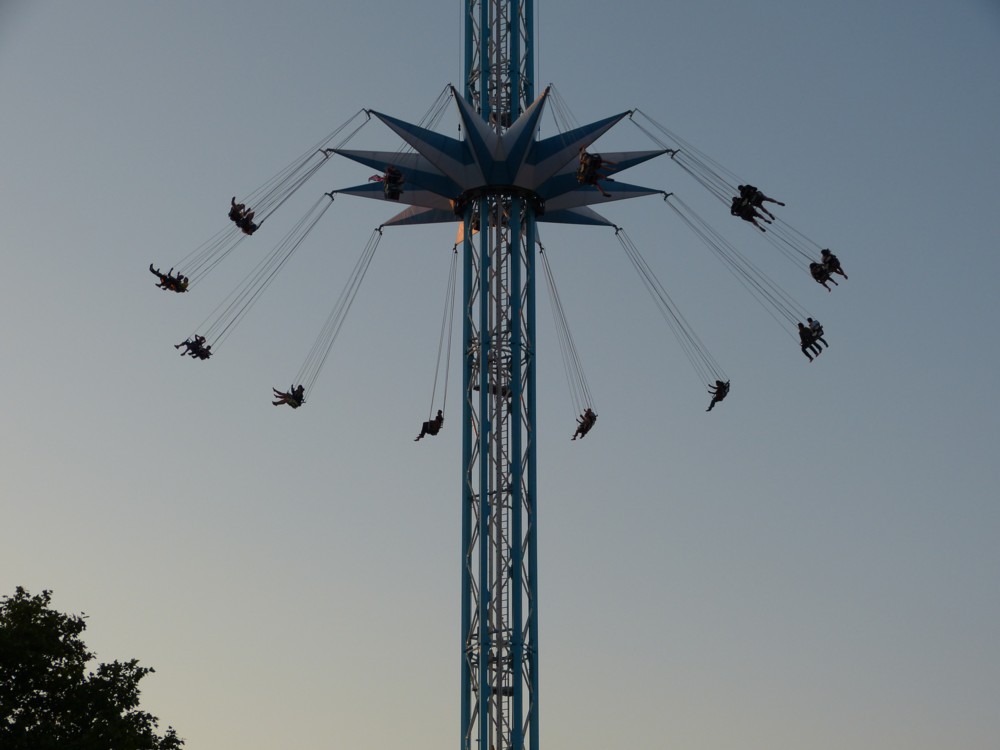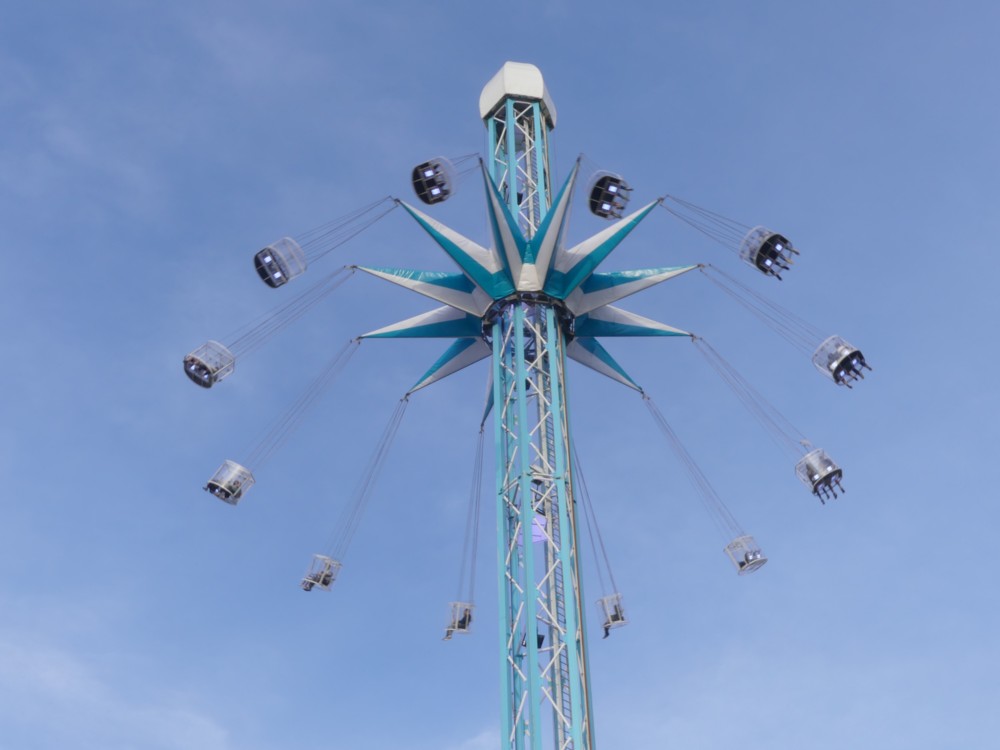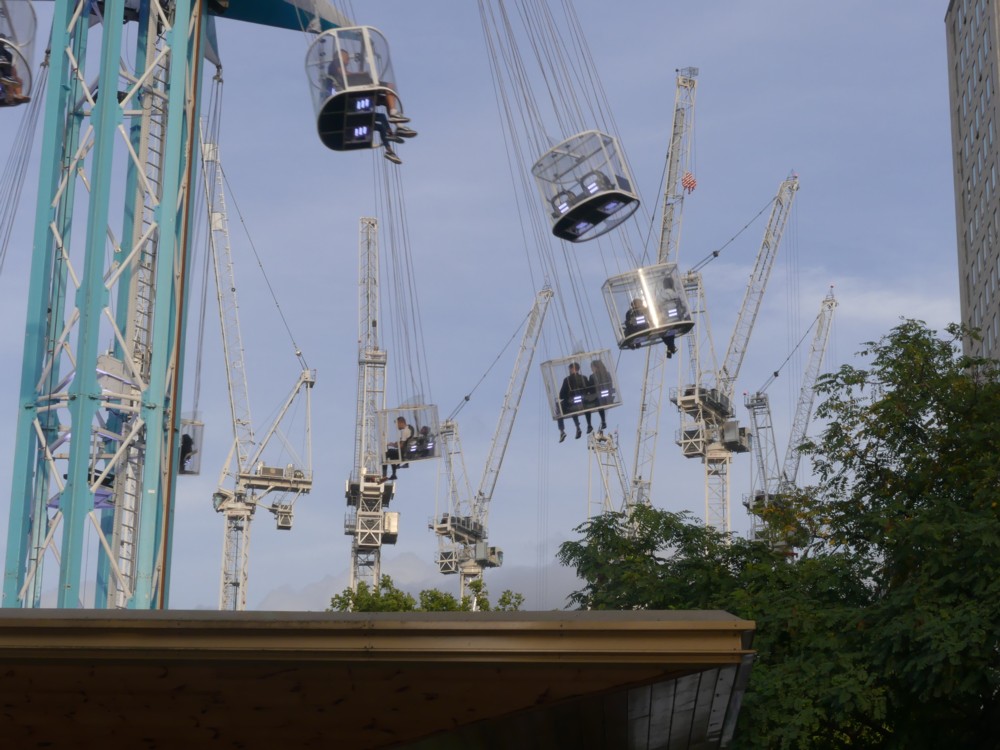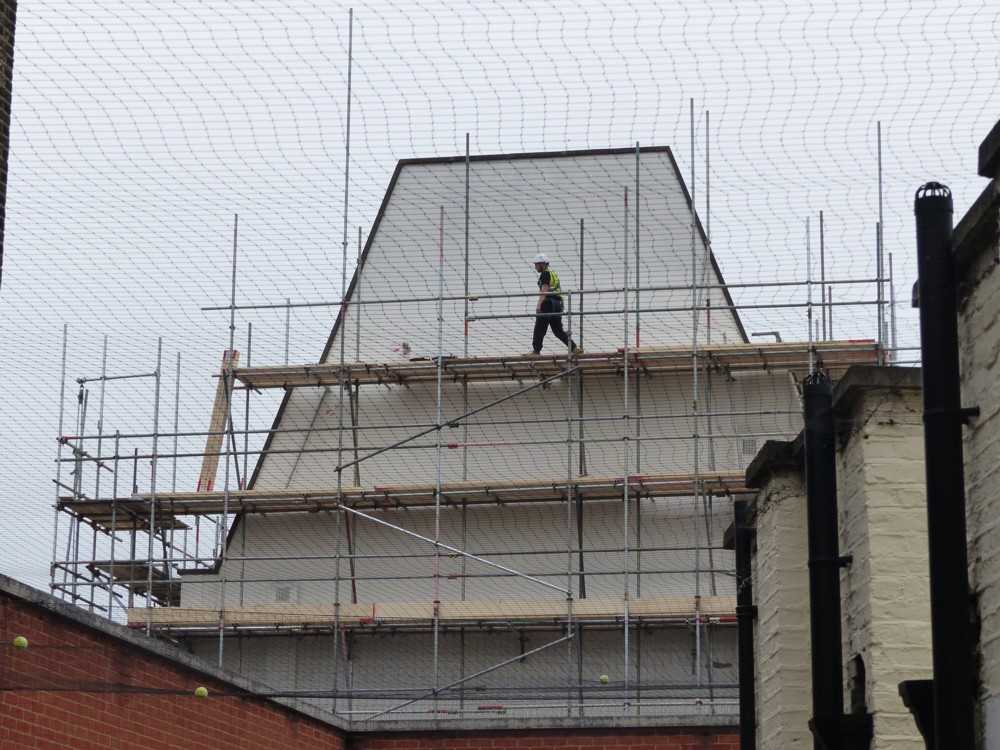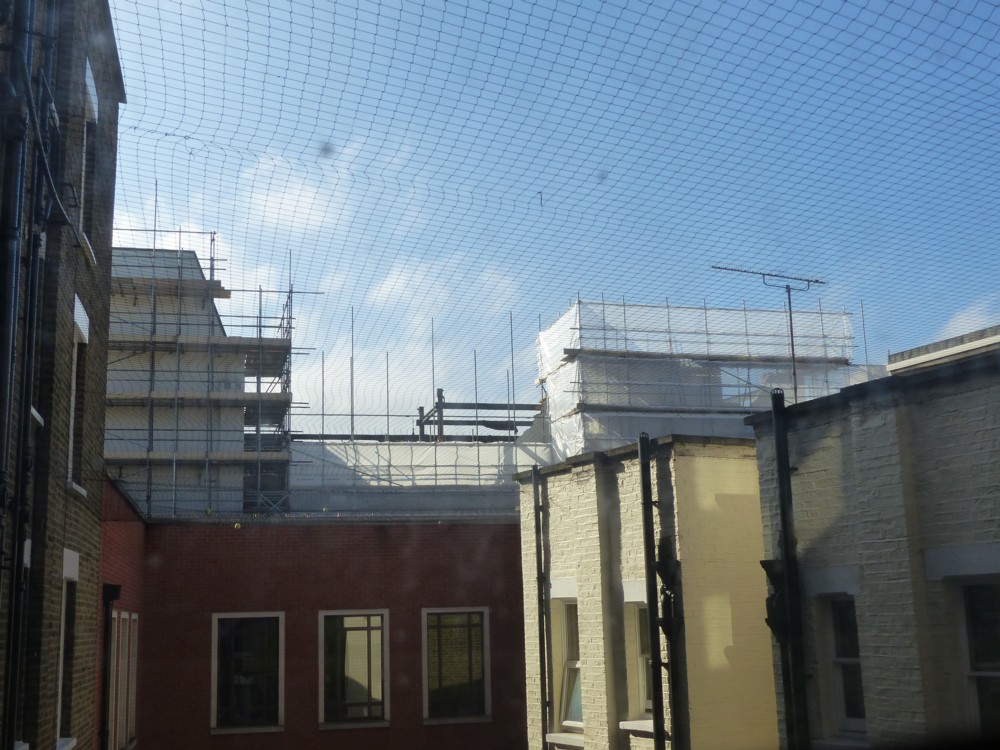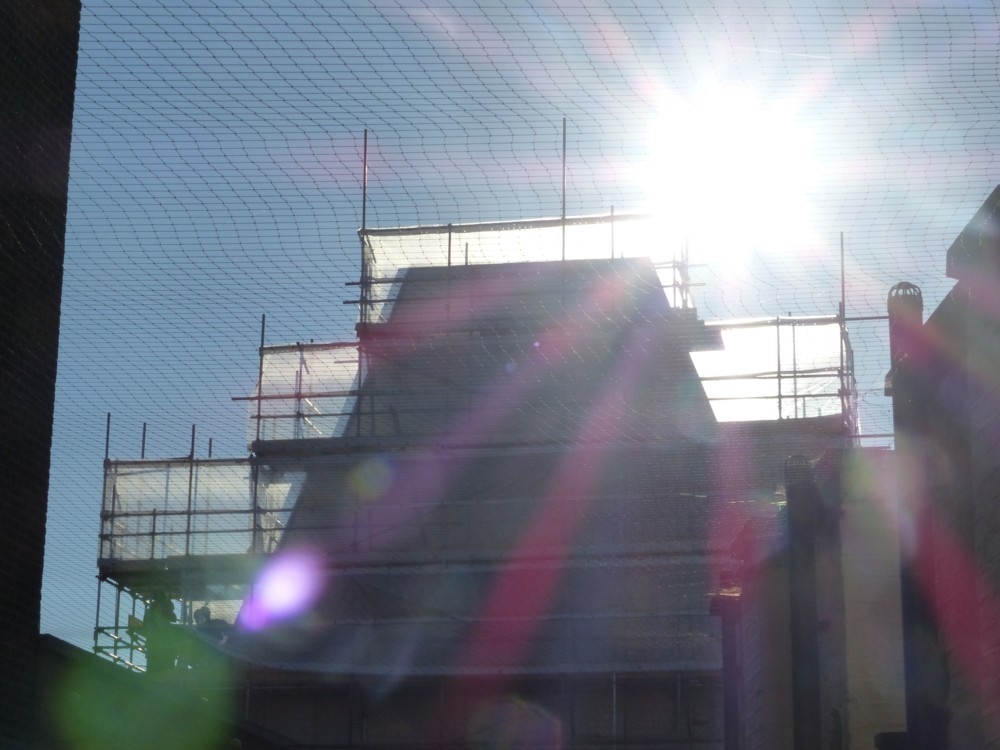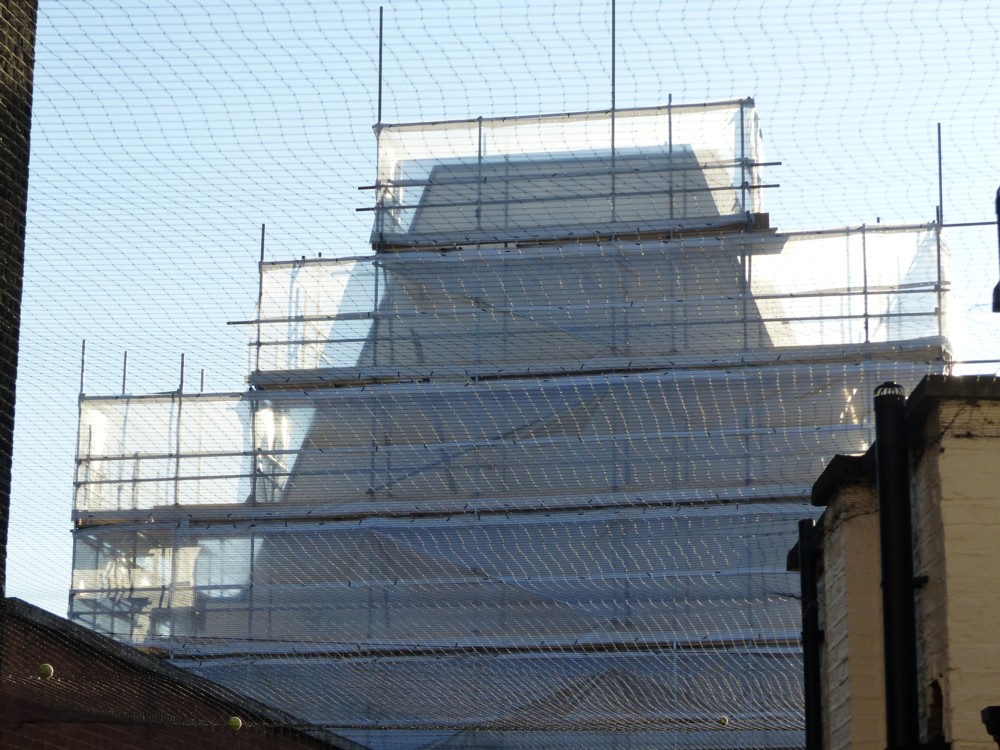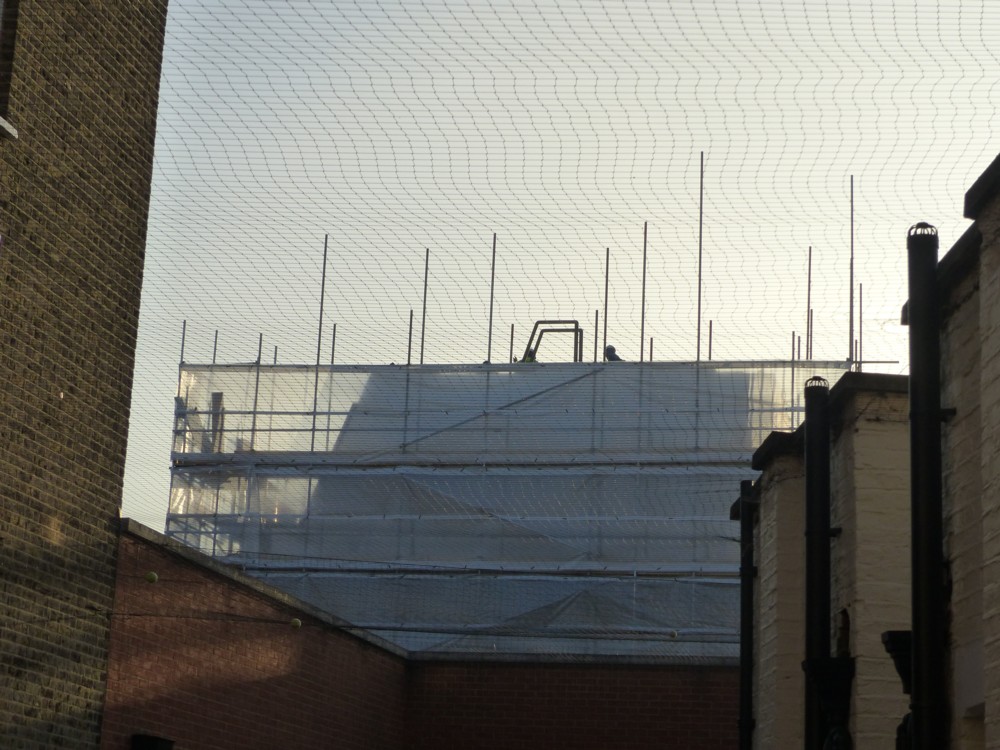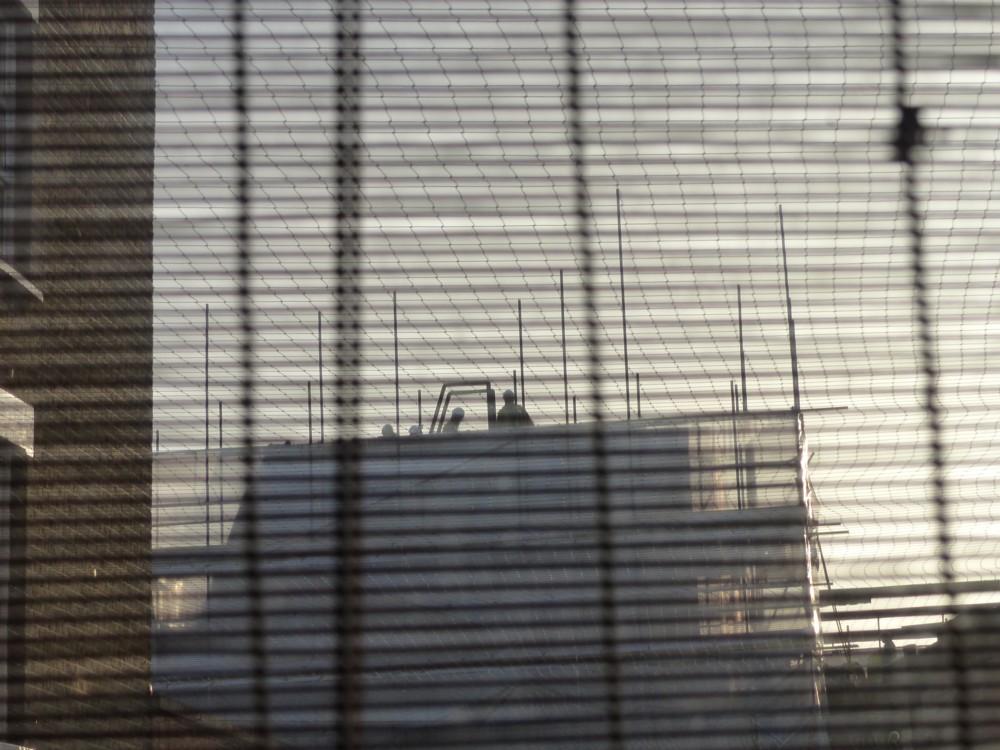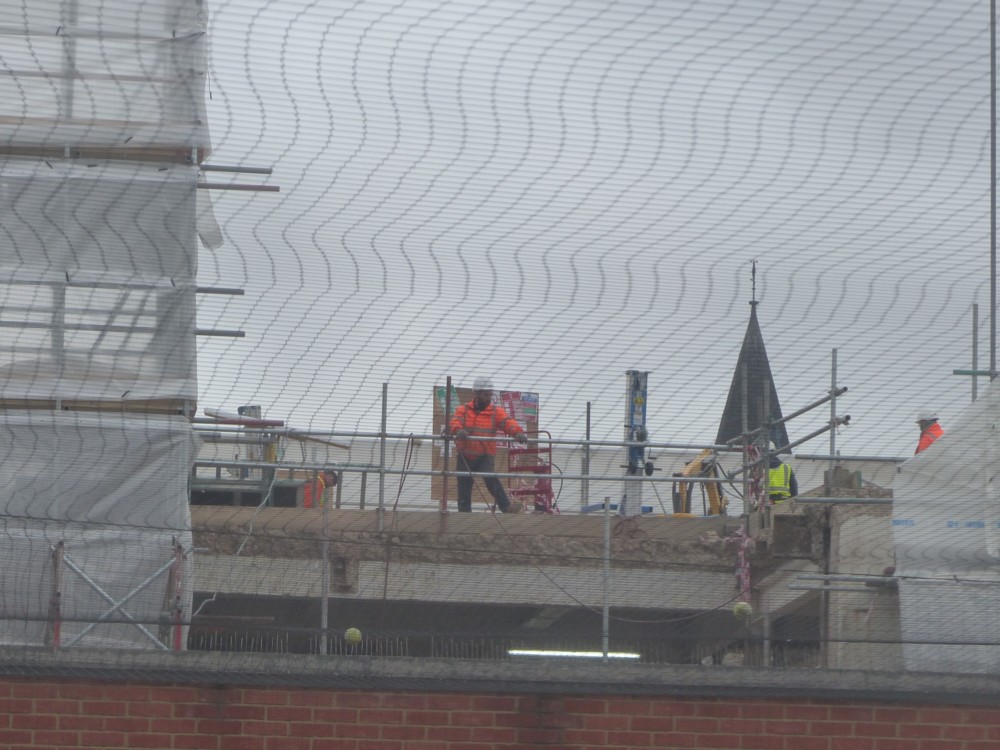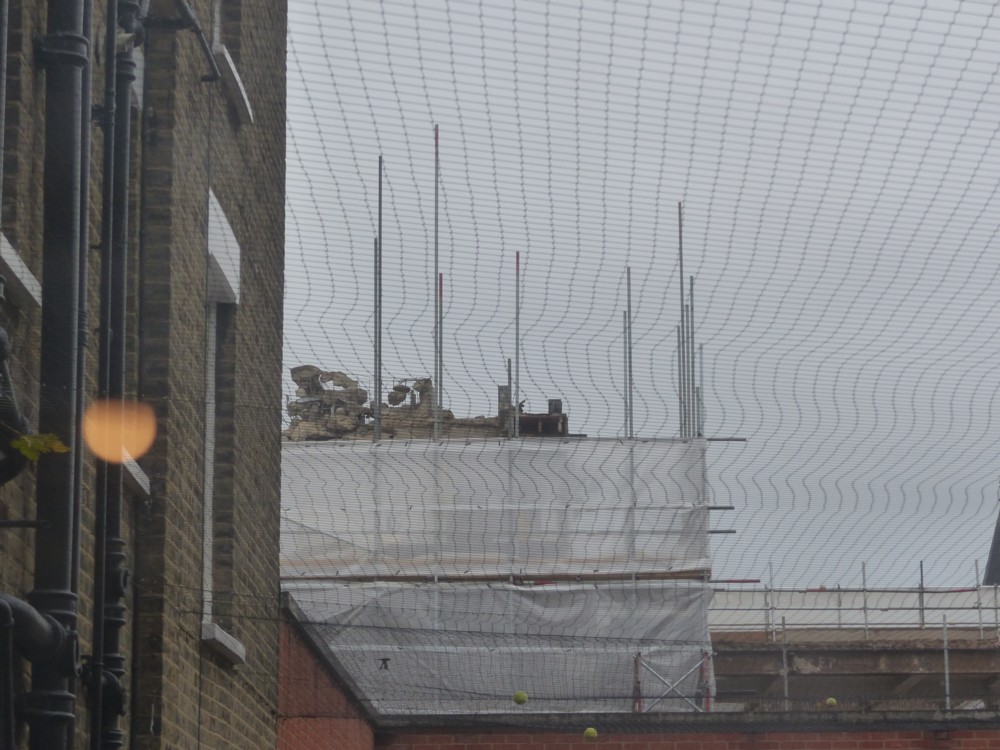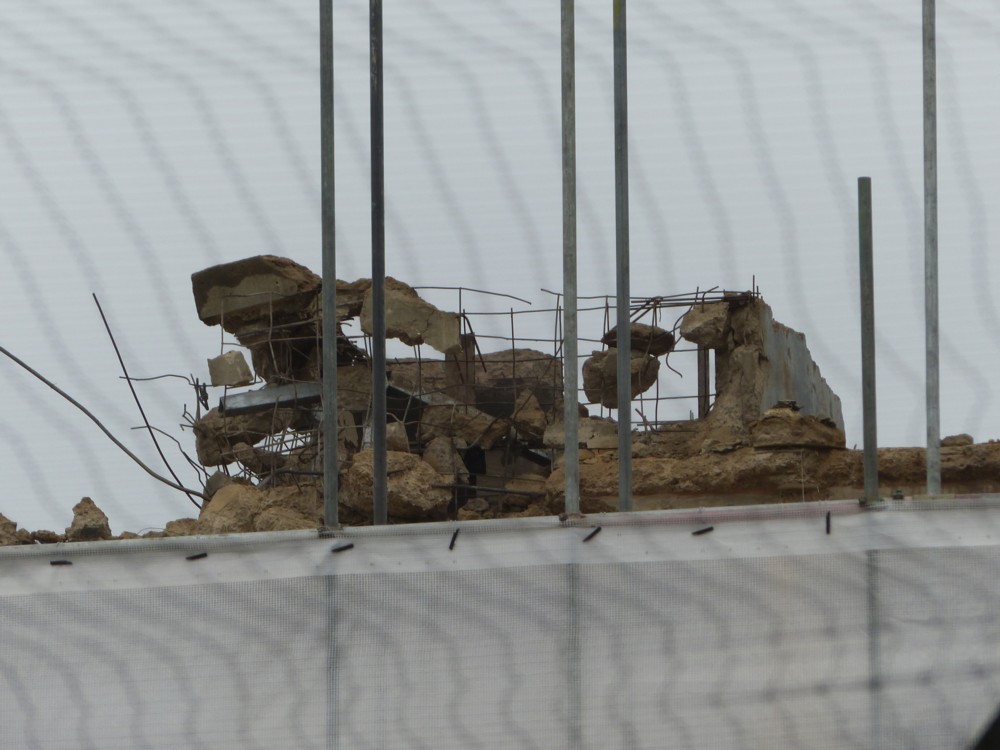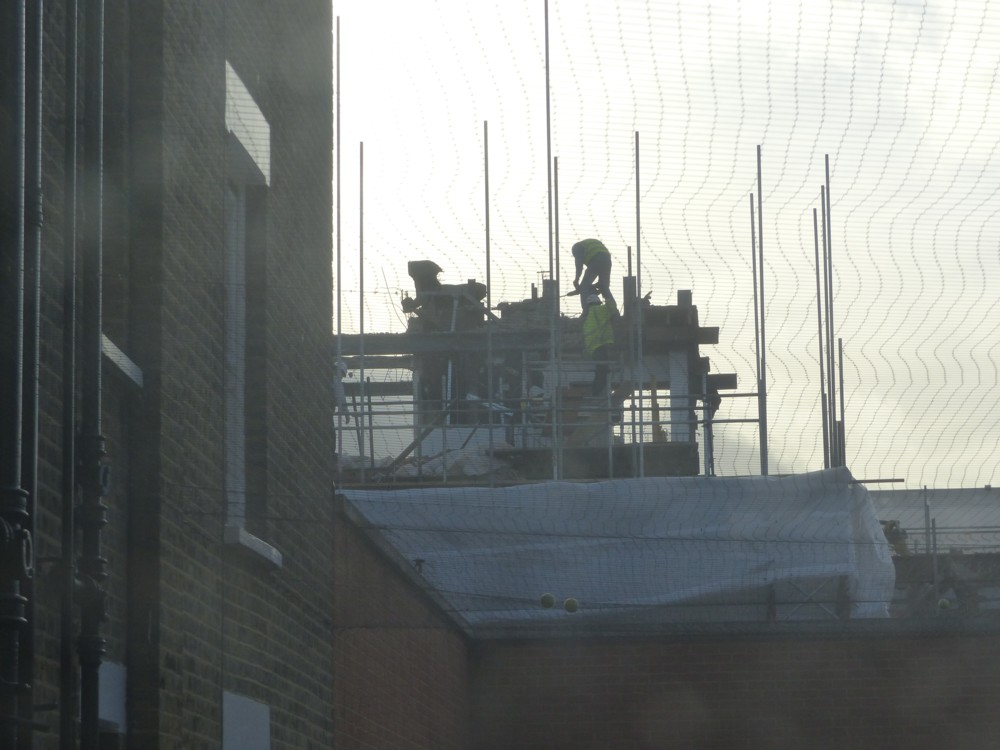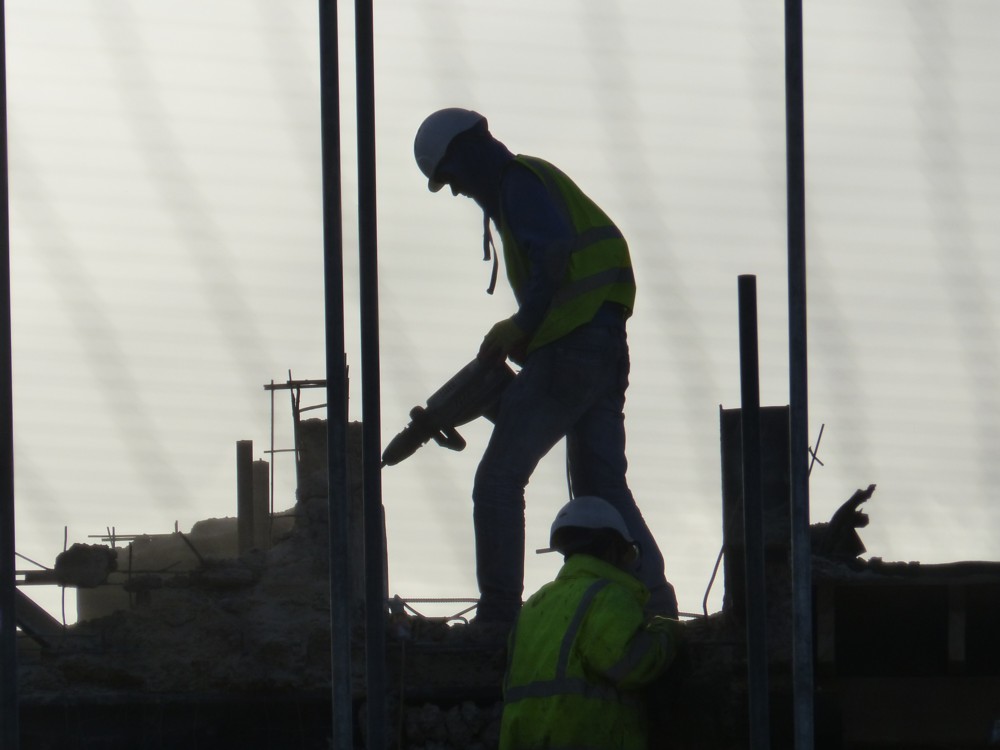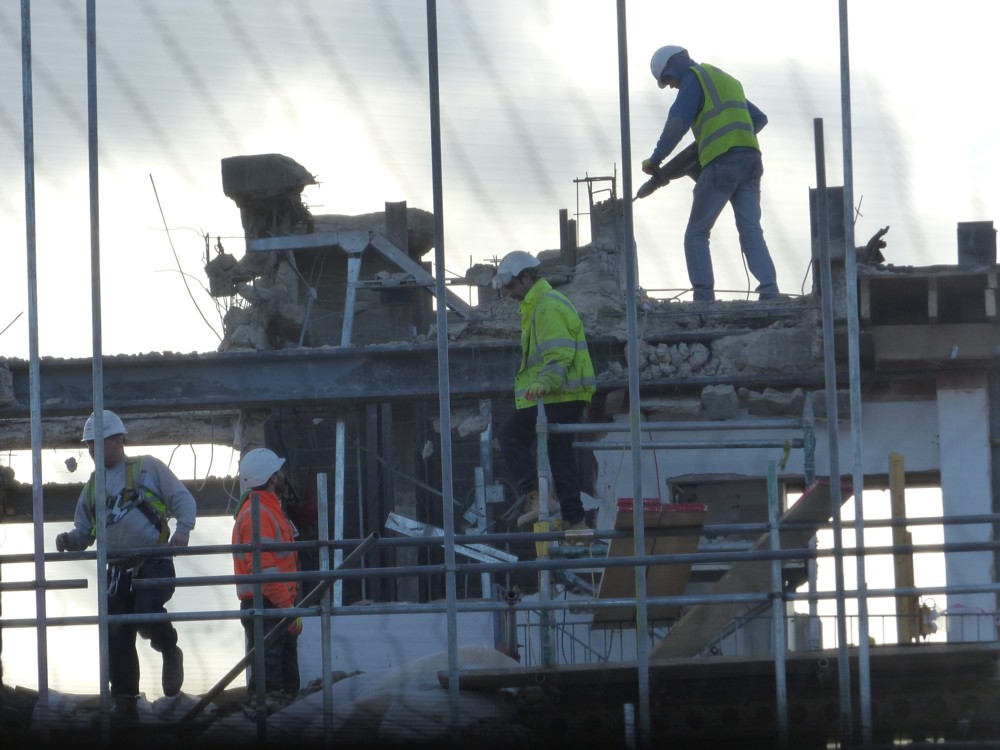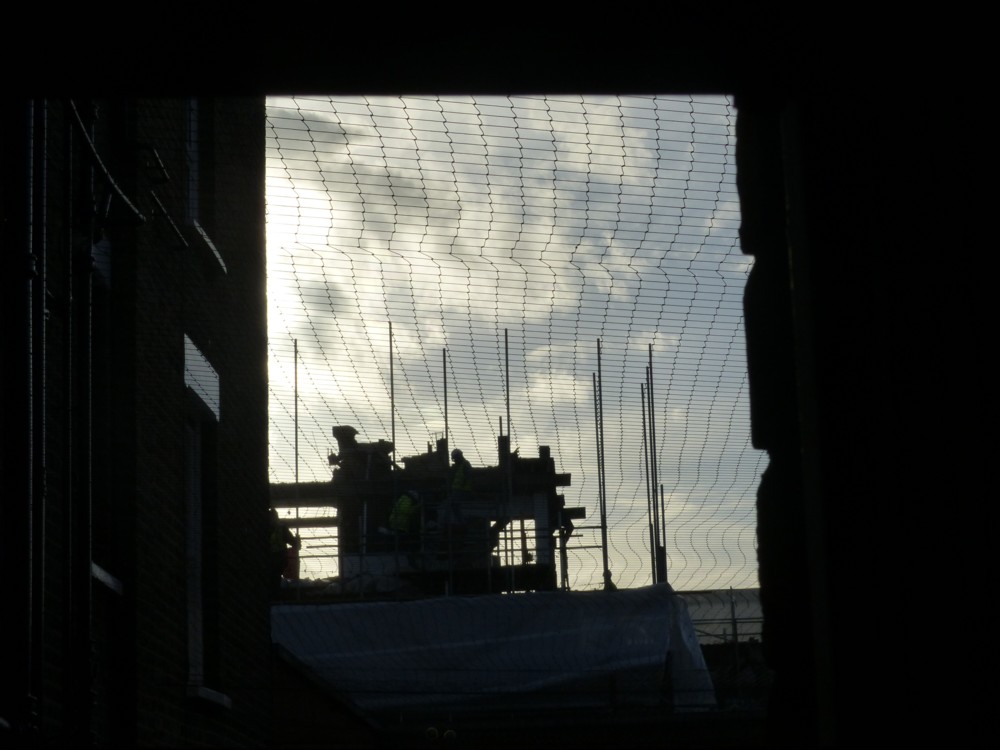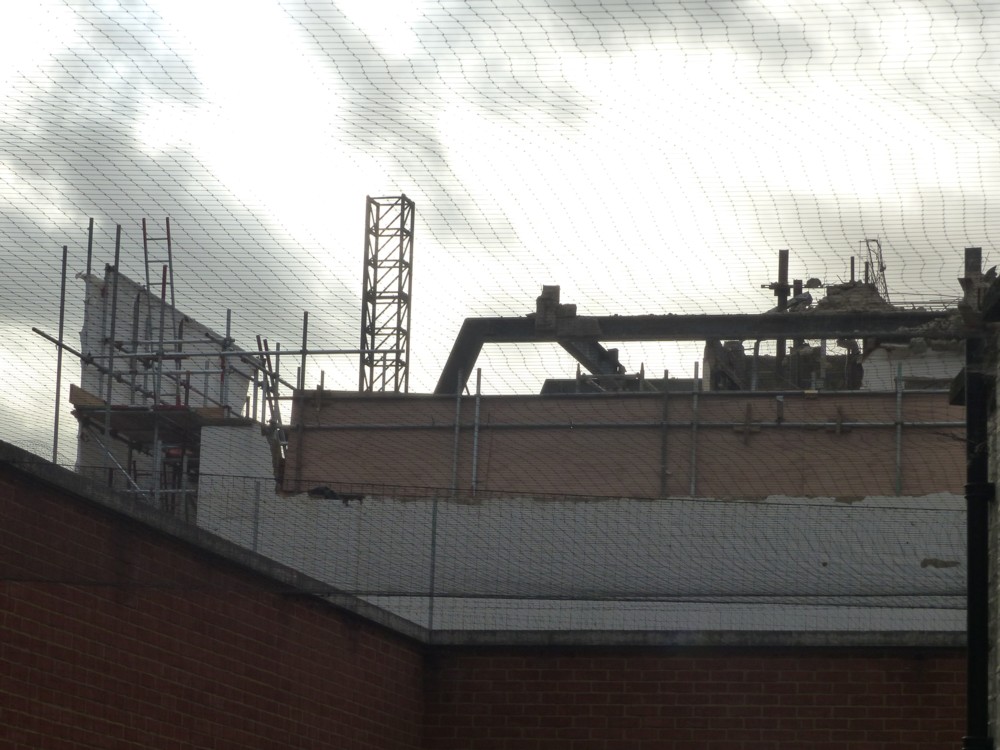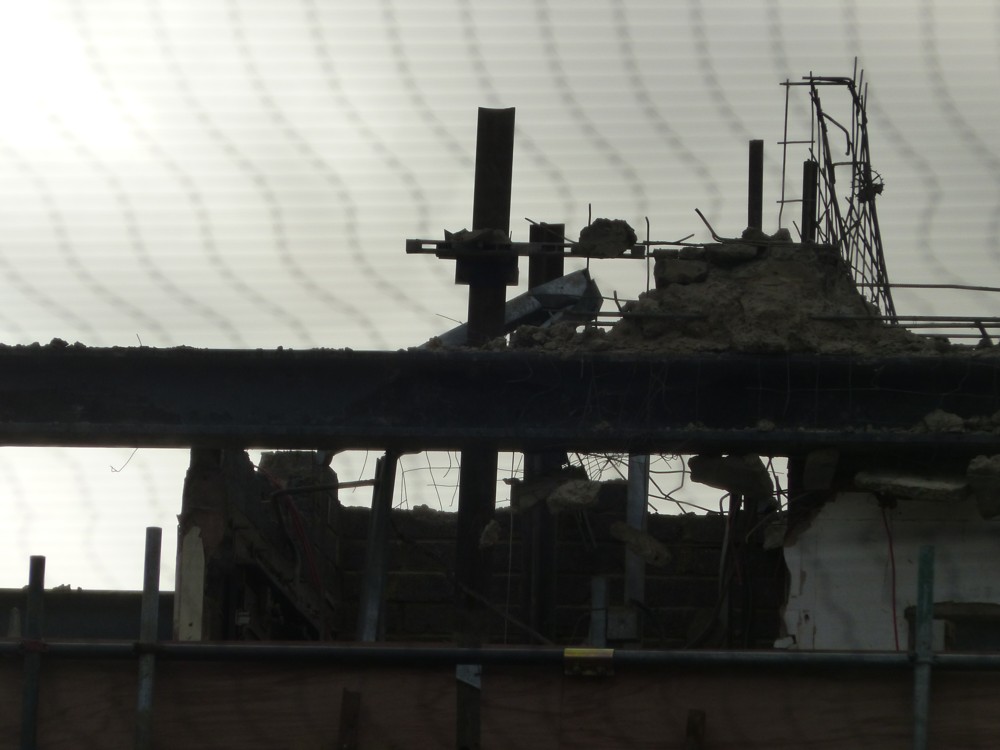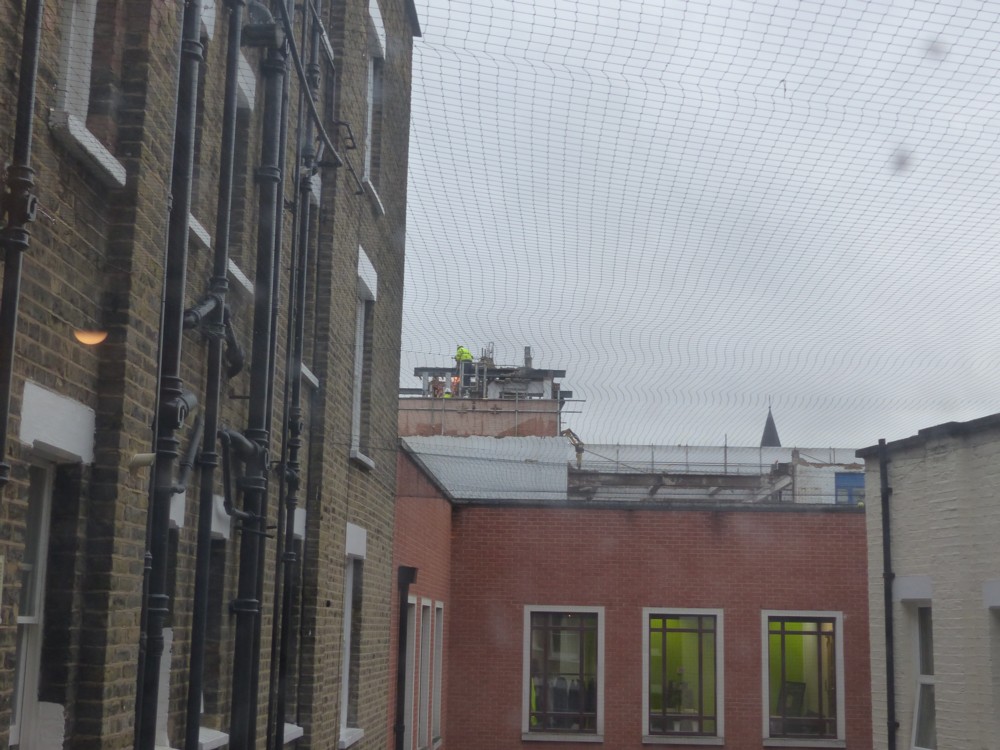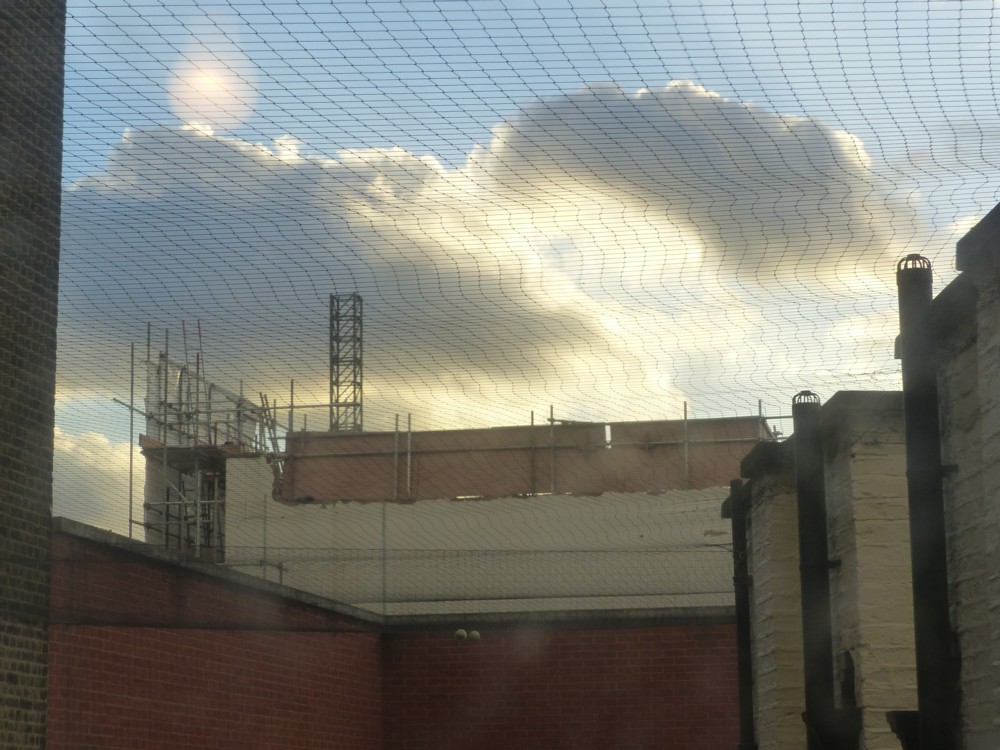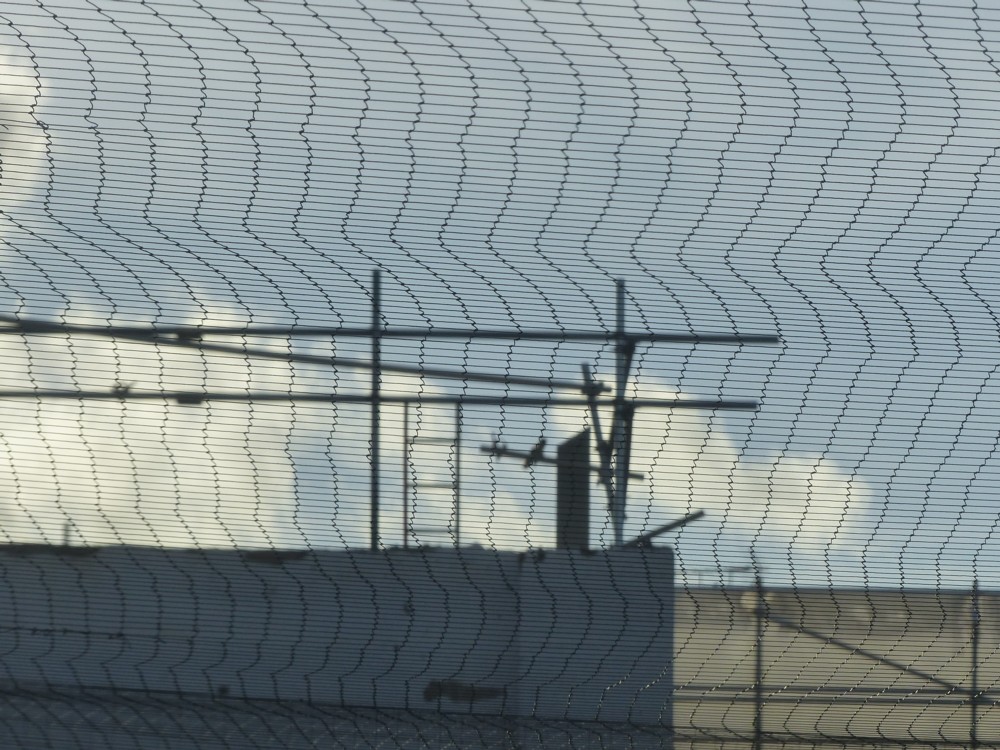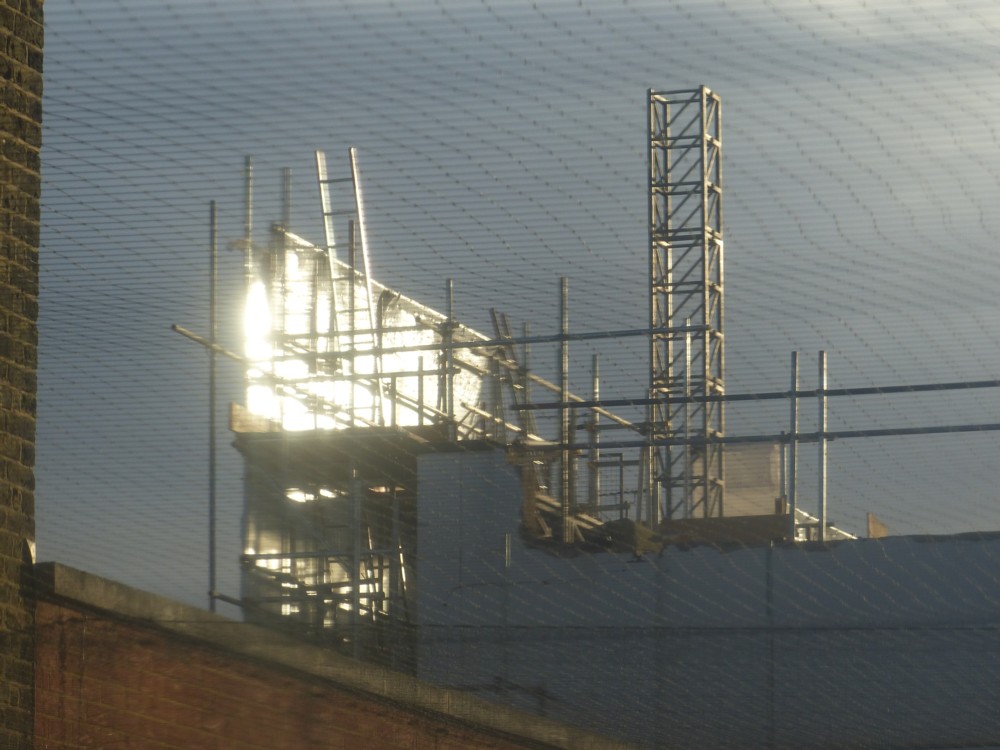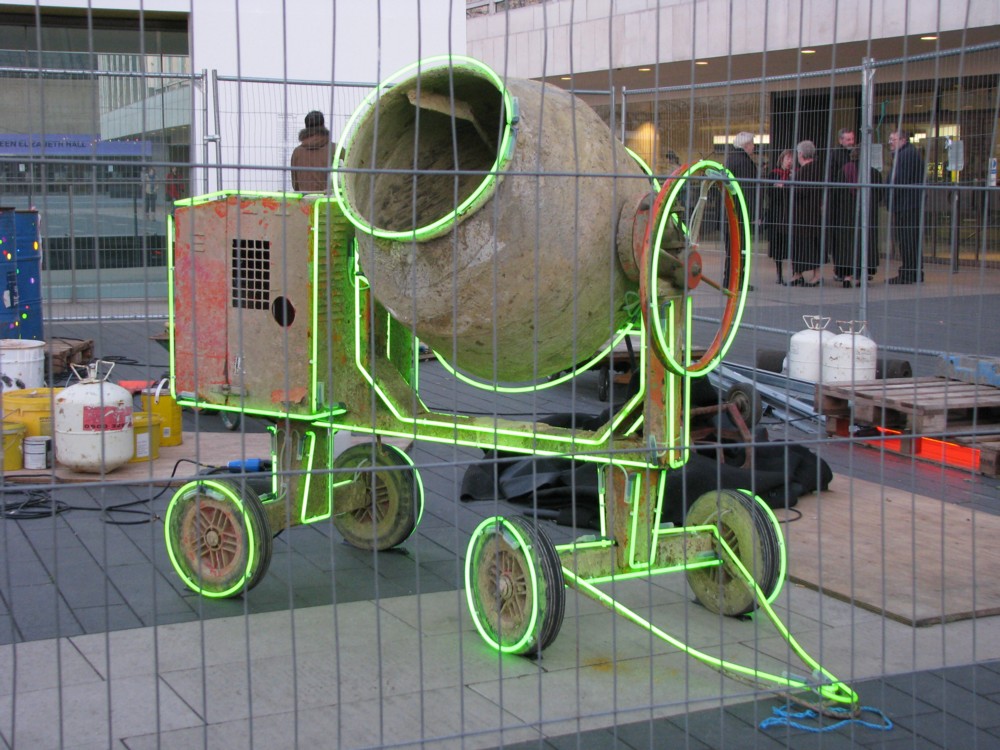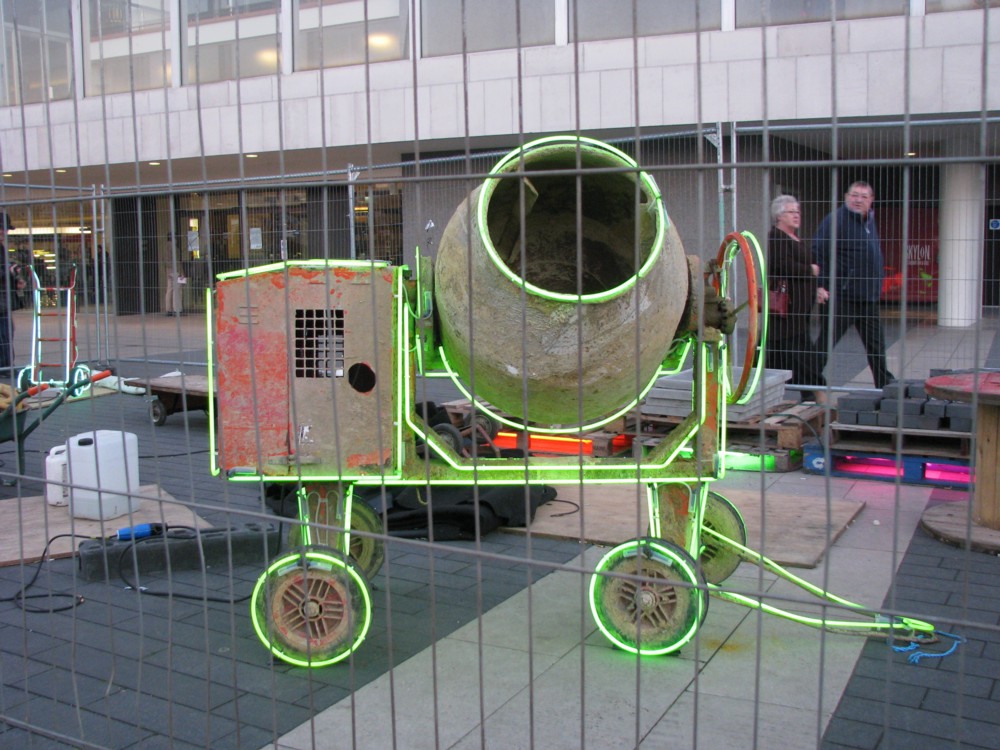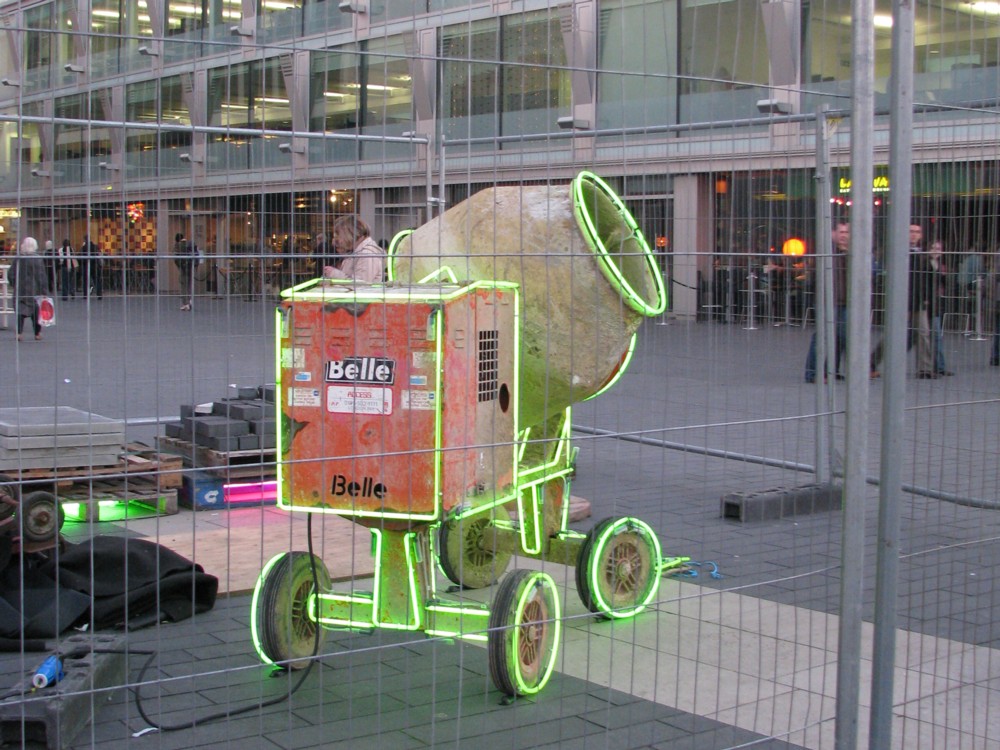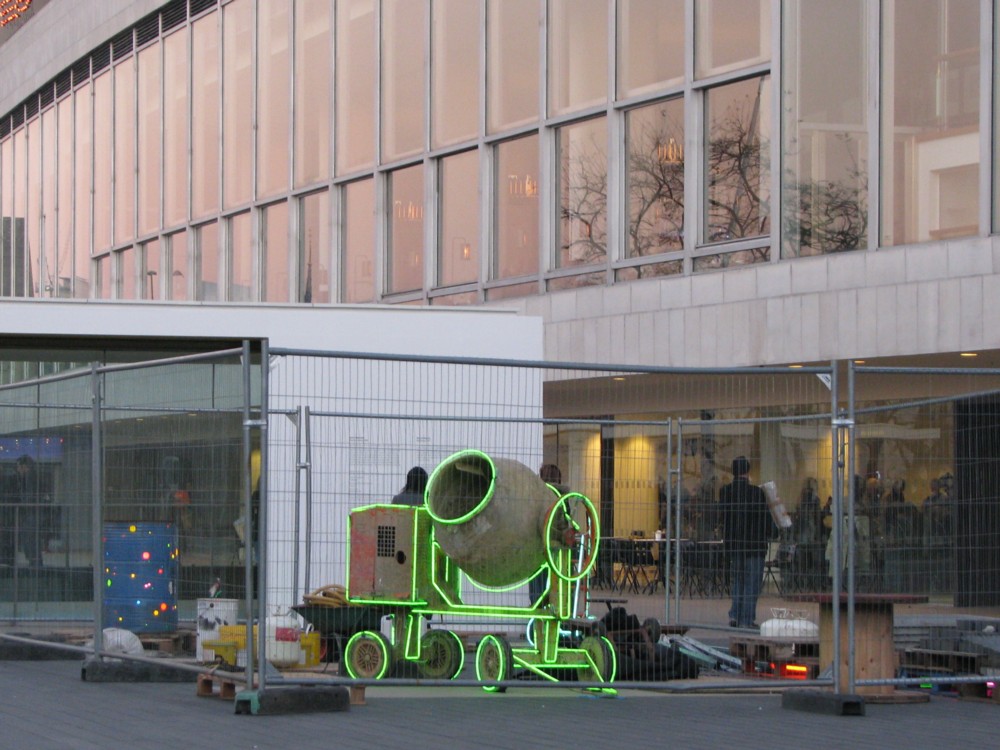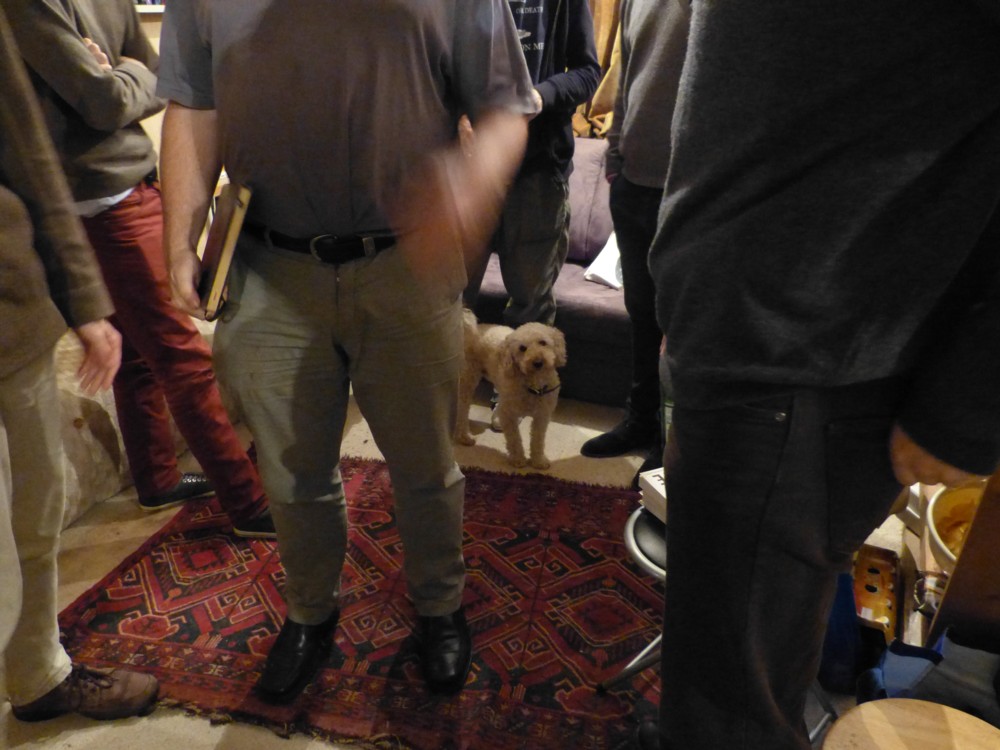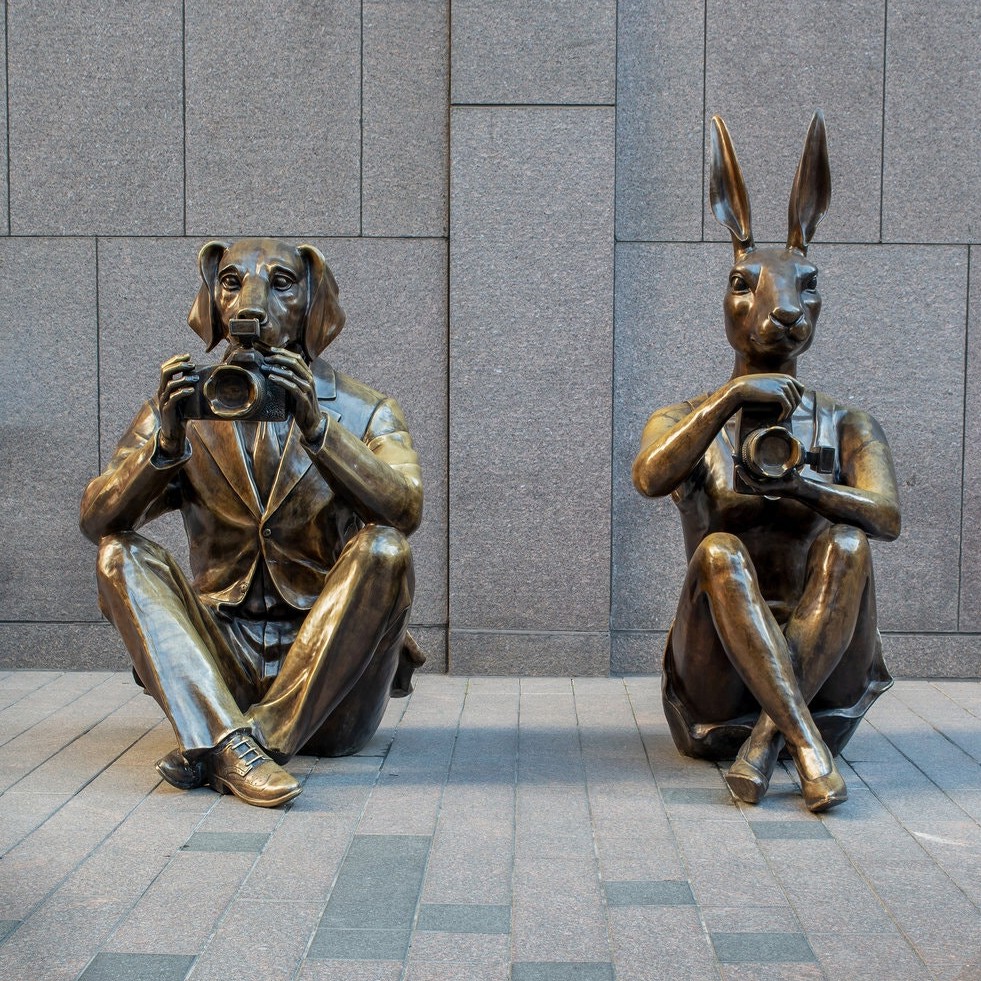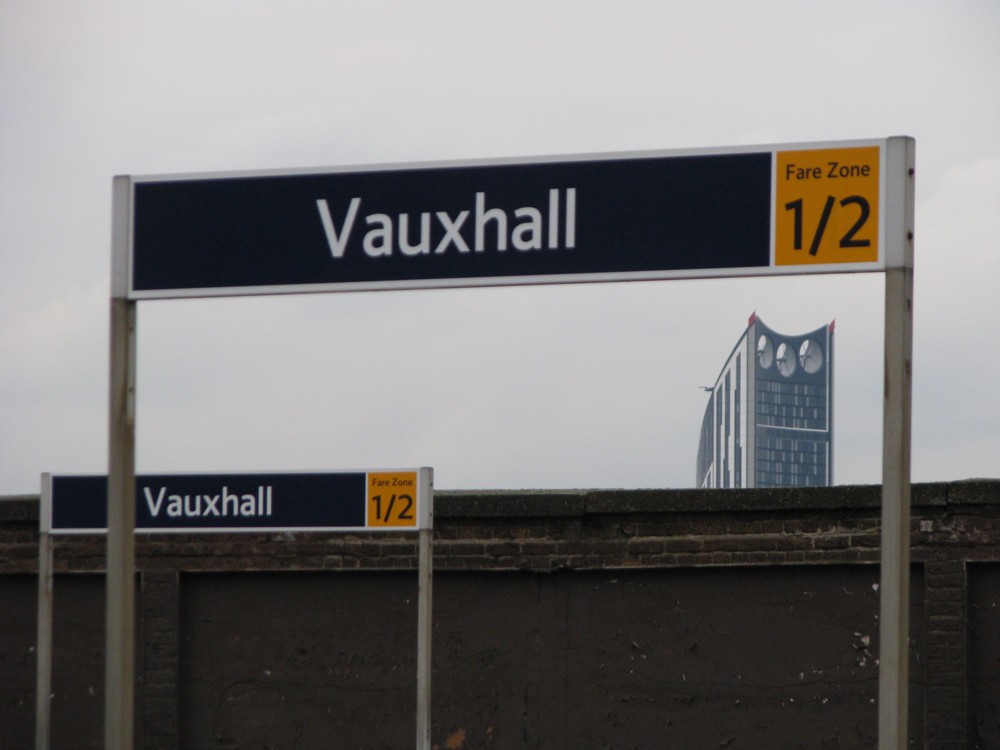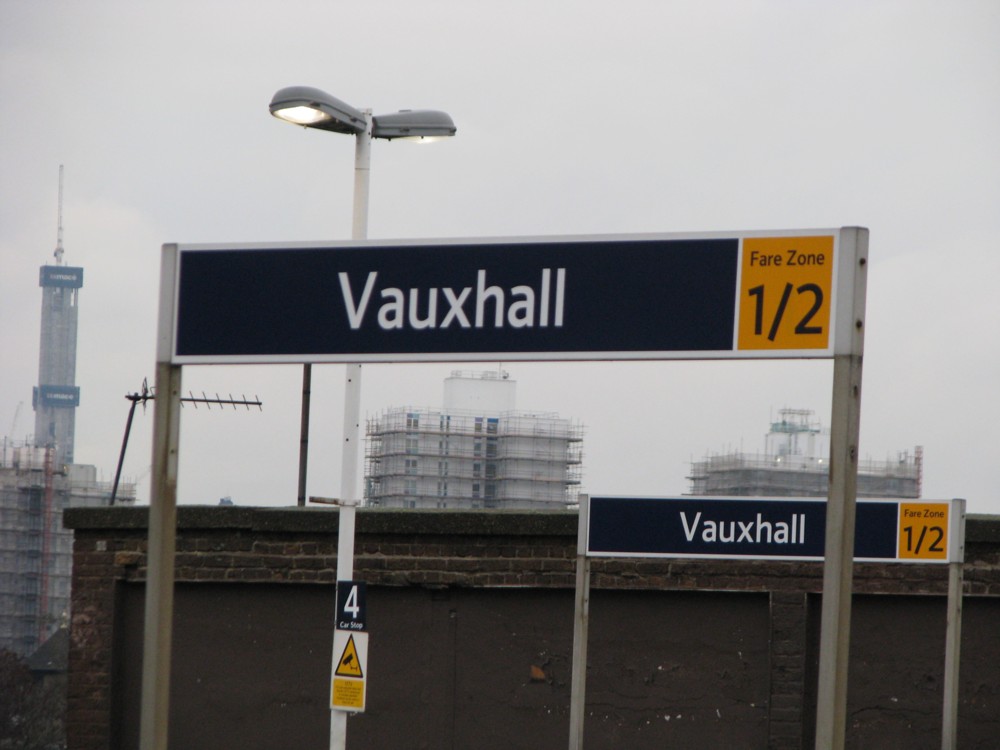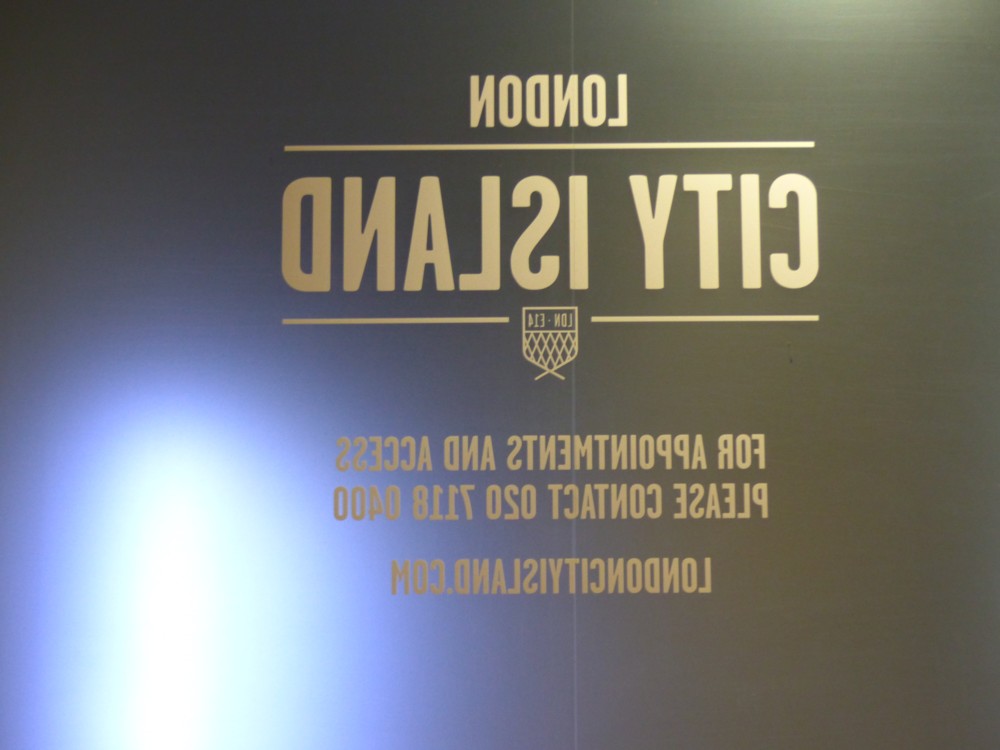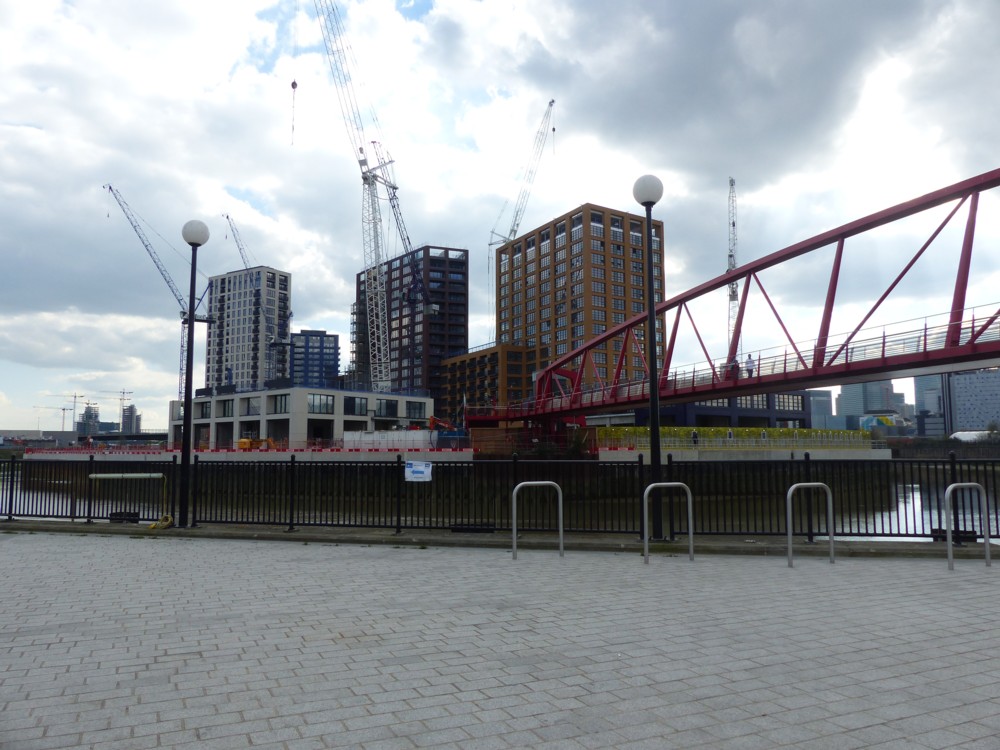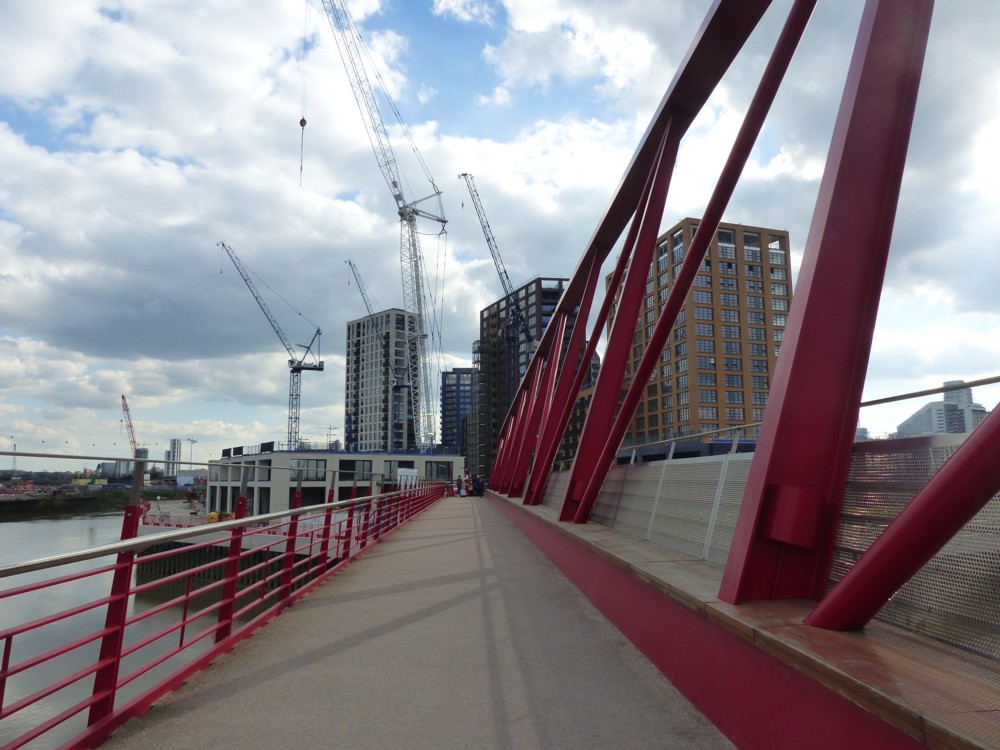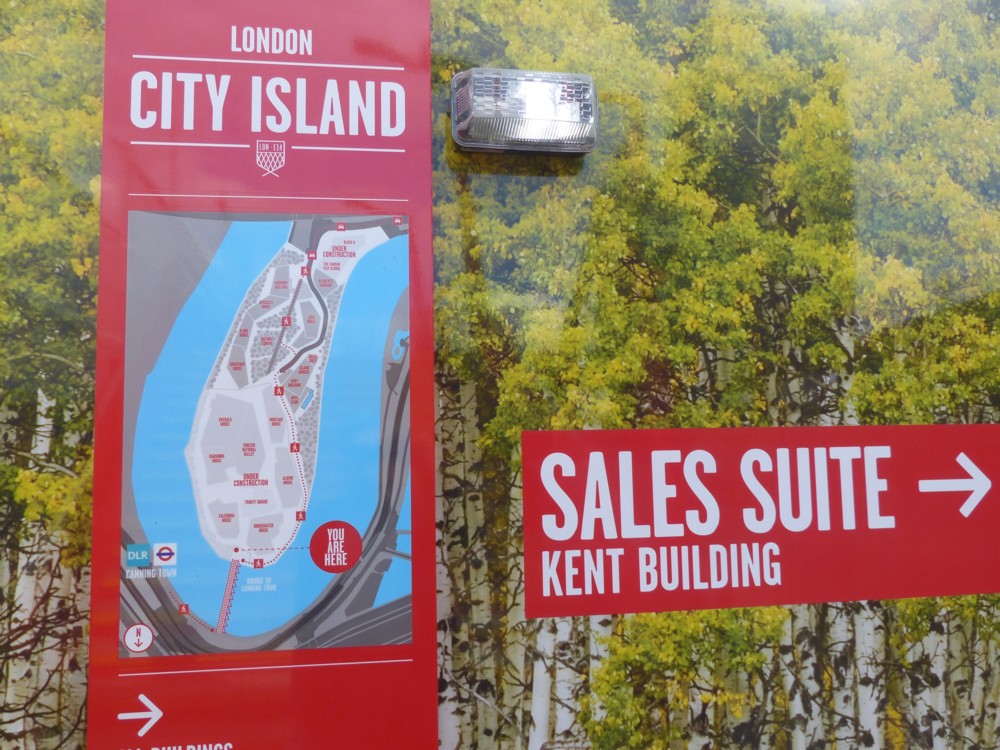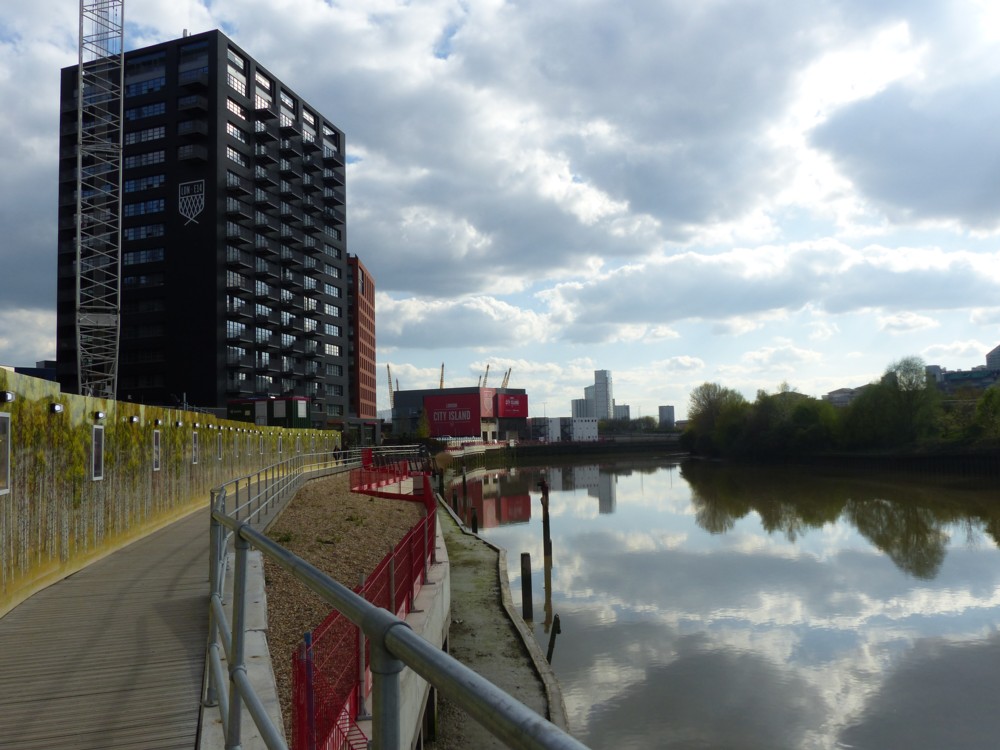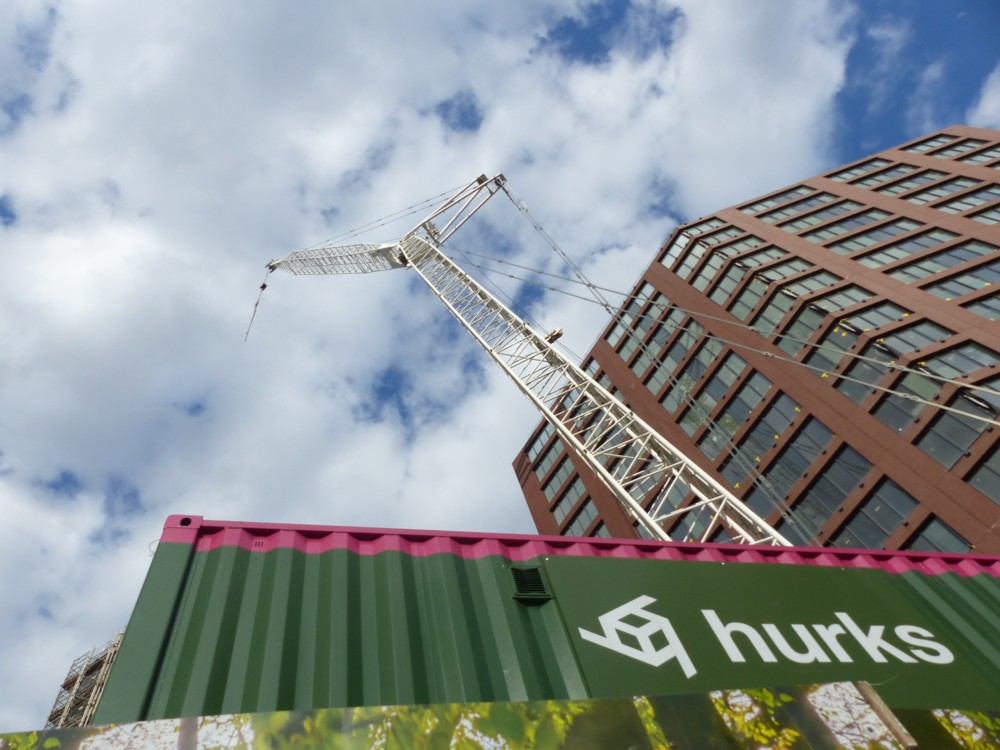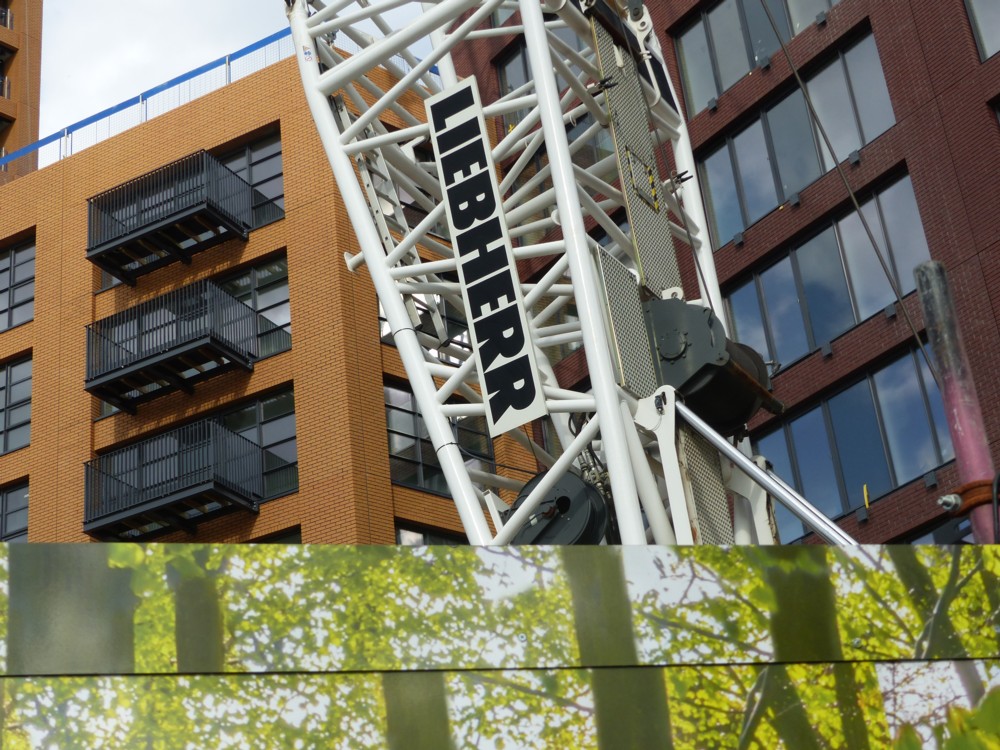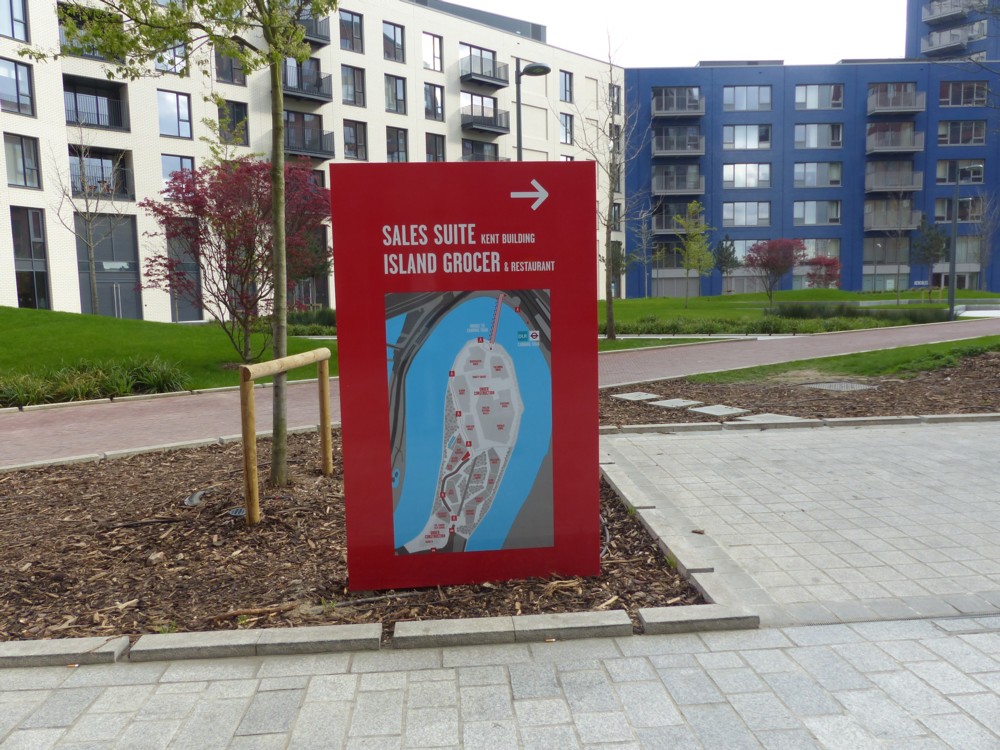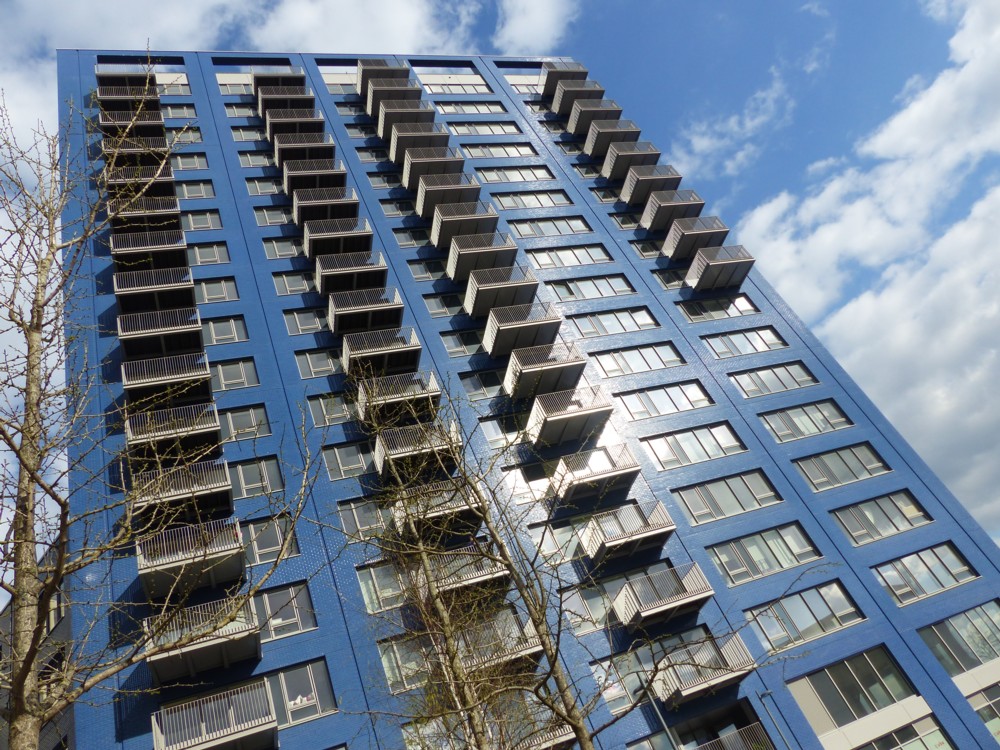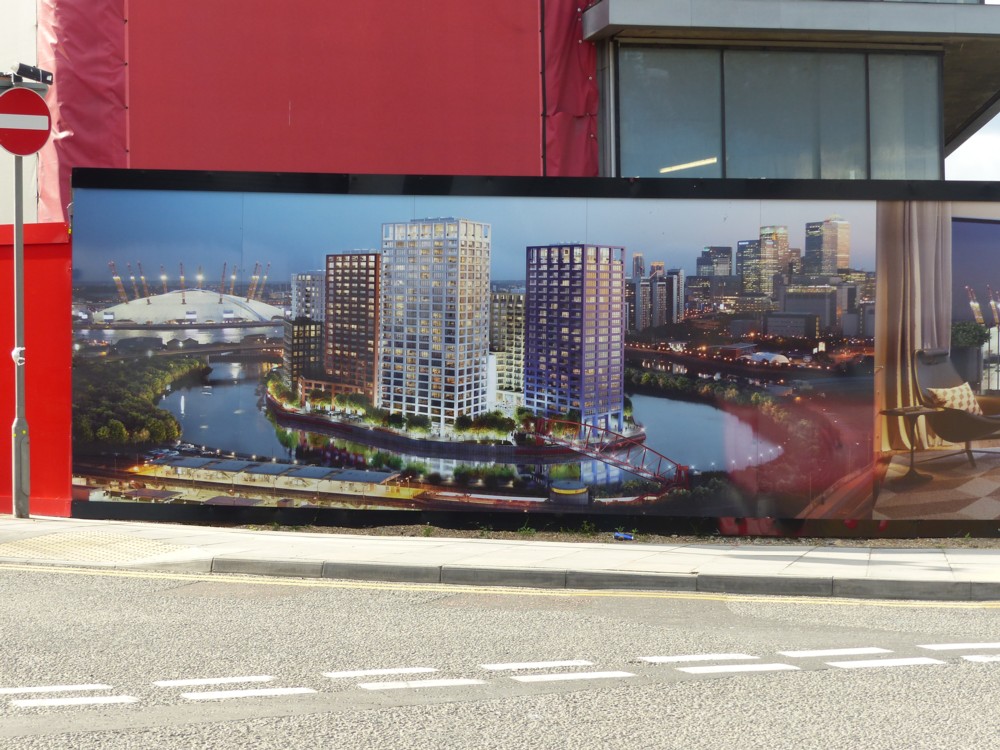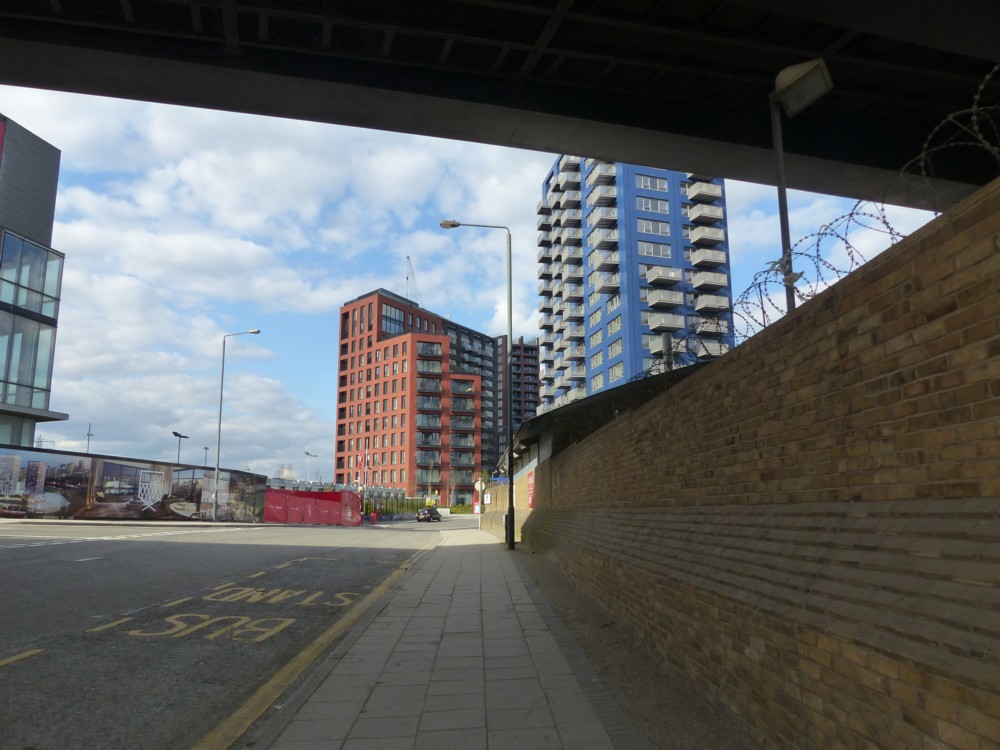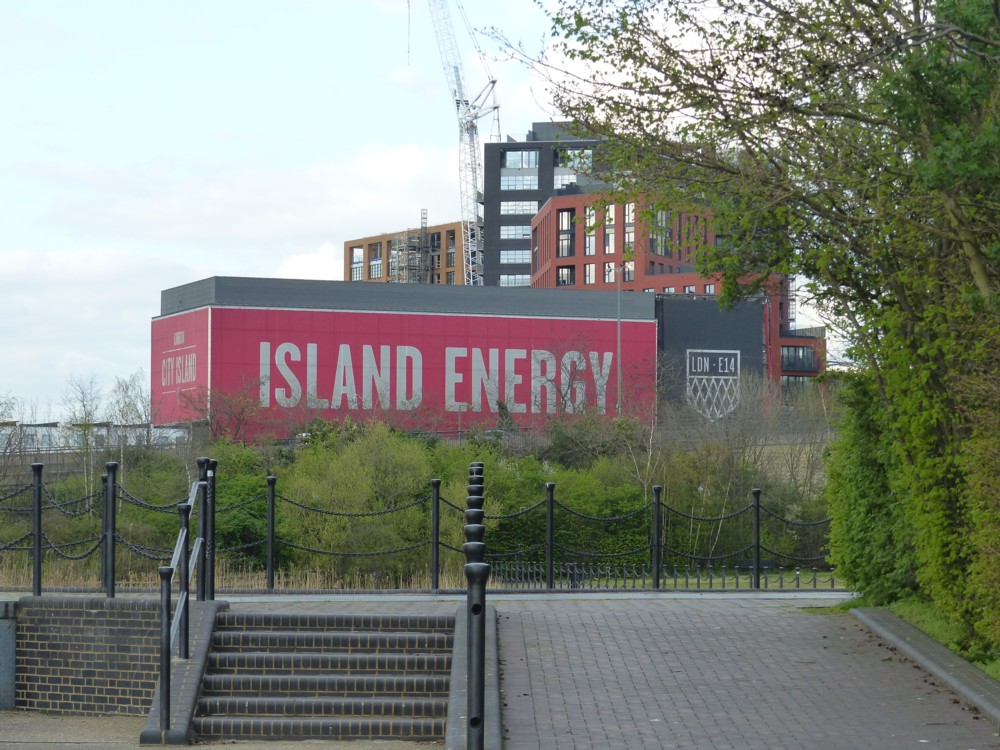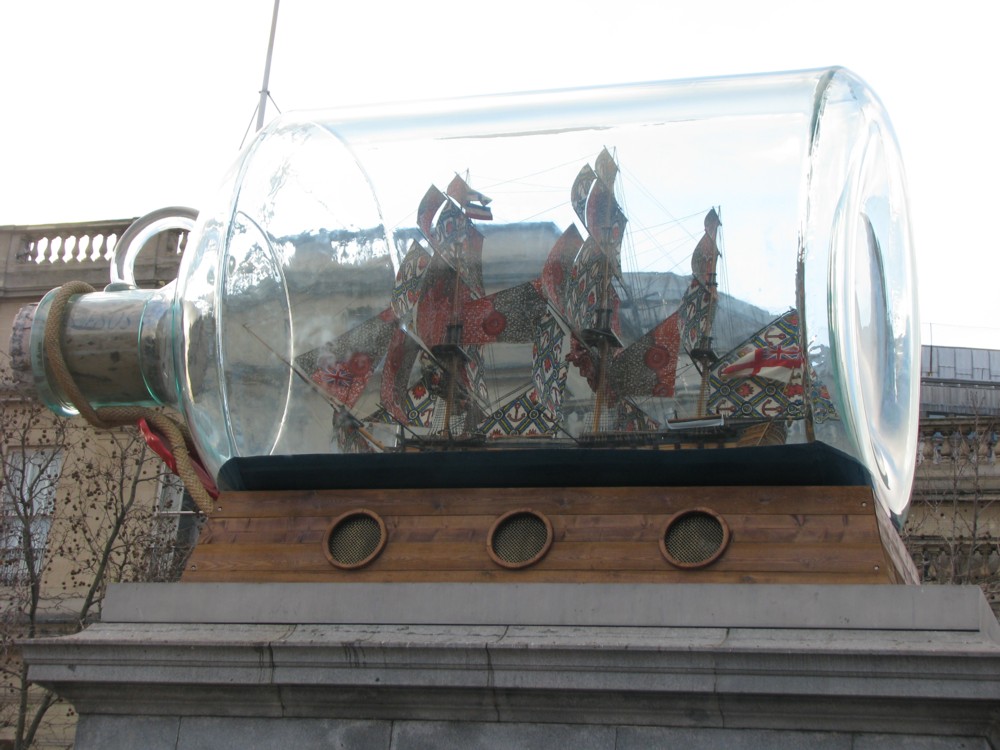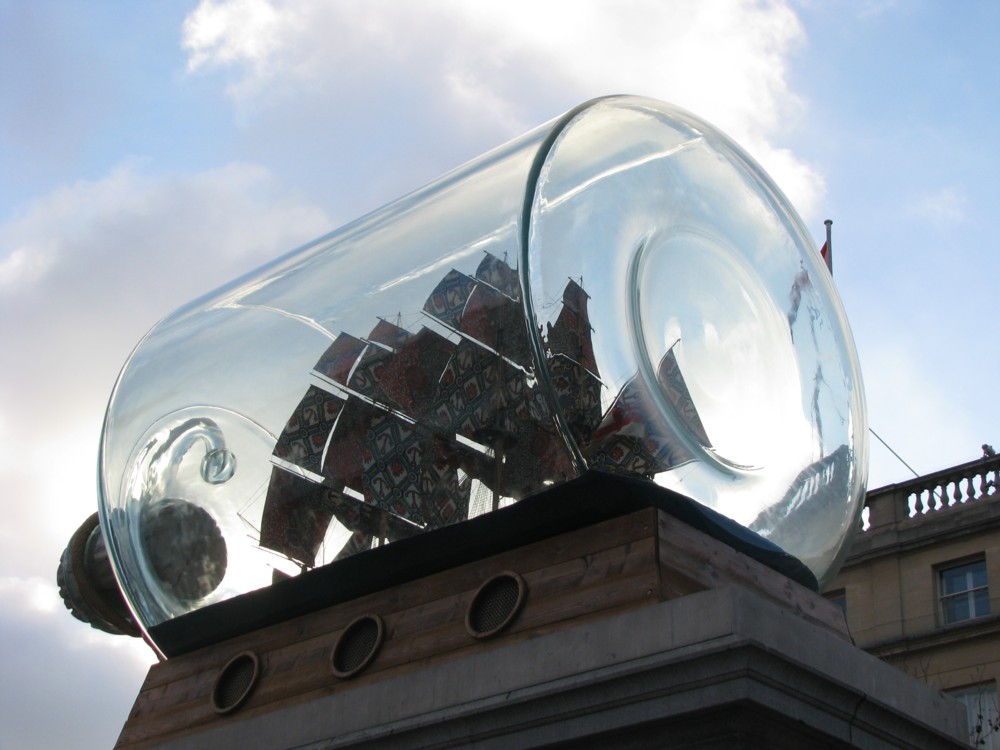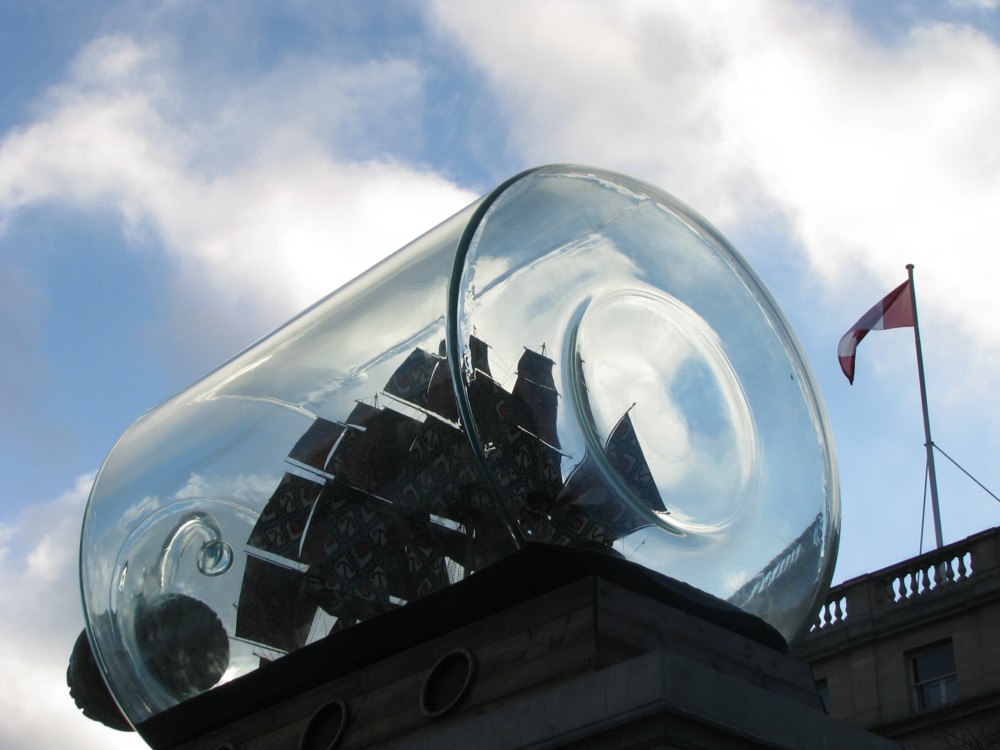Fake Ancient is my rather sarky description of architecture that looks like it was designed a whole lot longer ago than it really was. But at its best it can be very impressive, and this evening I channel hopped my way into a television show (episode 9 of those 10) about a certain John Simpson, who seems like he knows all about how to do this style, although I only caught the end of it. A new name to me. He shouldn’t have been, but he was.
From that, straight to the John Simpson Architects website, and immediately a rather surprising discovery. John Simpson Architects are the people who have been redesigning the Royal College of Music, which is where GodDaughter2 has for the last few years been learning about how to sing. Throughout that time, finding my way through the college to wherever she and I were meeting, or to where she was performing, was like some sort of Ancient Greek myth involving a Labyrinth, the Underworld, and frightful punishments like Eternal Damnation if you got lost.
With luck GodDaughter2 will retain her right to take me to the RCM, and enable me to see all the new reshaping that’s been going on once it’s well and truly finished. What I’ve seen of it, of what has been finished, has looked very nice, but I never thought to wonder who had designed it all.
I think this is because this traditional style, to be more polite about it, of doing architecture, and especially when it is done as well as it is being done at the RCM, doesn’t give off that sense of an individual architect, imposing his wilful whim upon everything, in a way that would have been totally different if a different architect had been let loose on the place. Traditional architecture is, in other words, the opposite of Starchitecture. That being the point of tradition. It looks roughly the same, no matter who is doing it, because “doing it” means following it. So, although I wish I had been more curious about who was doing what at the RCM, I wasn’t. It just was happening, seemingly of its own accord.
But now I do know who’s been doing the designing, and I’m very glad to have learned this.
Judging by his performances on the telly that I did catch, John Simpson still seems to have plenty of active life left in him, which is very good news. And there was me thinking that this kind of thing might be dying the death whenever Quinlan Terry dies his death.

